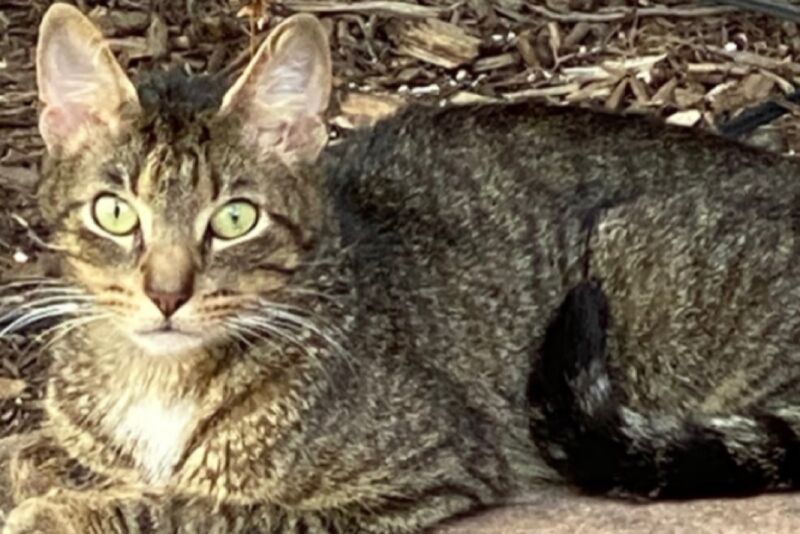We now know how cats purr—why they purr is still up for debate

Enlarge / "They excised what, now?" Puck is nonetheless intrigued by new findings about the mechanisms behind a cat's purr. (credit: Jennifer Ouellette)
There are few things more gratifying to cat lovers than a contentedly purring feline. But the precise mechanisms by which kitties produce those pleasant, low-frequency rumblings has been a matter of some debate among scientists. Now a team of Austrian scientists has determined that connective tissues embedded in cats' vocal cords play a crucial role in this ability, according to a new paper published in the journal Current Biology. The authors argue that their findings call for a reassessment of the current prevailing hypothesis about how cats purr.
Purring is mostly exclusive to cats, although certain other species can produce purr-like sounds, including raccoons, mongooses, kangaroos, badgers, rabbits, and guinea pigs. And cats are usually divided into those that purr (Felinae) and those that roar (Pantherinae); no cat species can do both. The latter category includes lions, tigers, jaguars, and leopards, and scientists have suggested that the roaring capability is due to an incompletely ossified hyoid bone in the larynx. "Purrers," by contrast, have a completely ossified hyoid, although the purring snow leopard is a rare exception.
We know the fundamental frequency at which cats purr-between 20 to 30 vibrations per second, although purrs can go up to about 150 Hz-but that is lower than expected based on vocal cord anatomy. As a general rule, larger animals have longer vocal cords and thus create lower-frequency sounds. But cats are relatively small, typically weighing on the order of a few kilograms, and their vocal cords are also relatively short. Hence the curiosity about how they produce such low-frequency purrs.